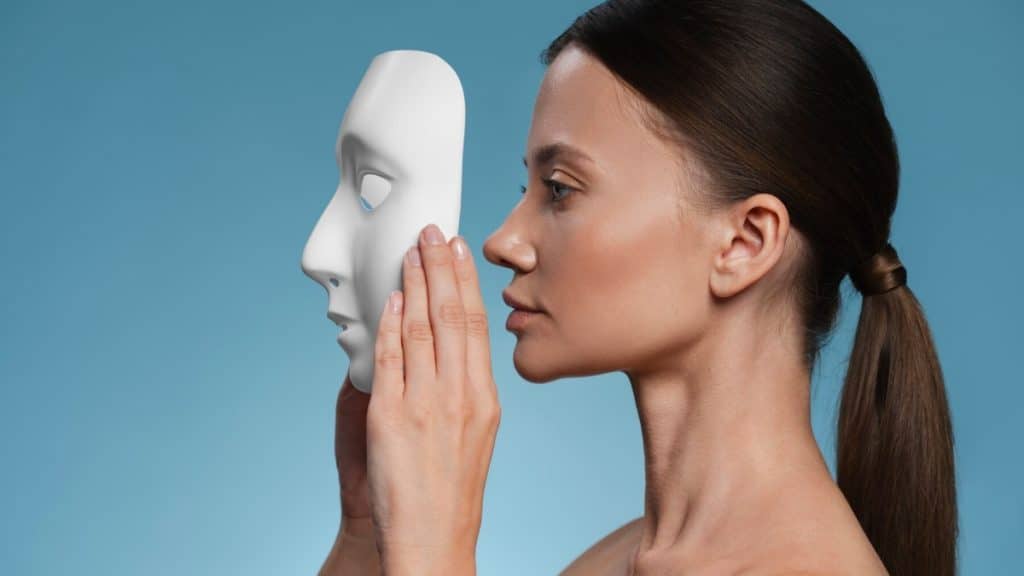Understanding the Art Behind Facial Aesthetic Anatomy
Looking good isn’t just about surface beauty. Facial aesthetic anatomy plays a critical role in shaping the way we look and age. From facial muscles to the skin’s surface, every layer contributes to the unique harmony of our features.
The Foundation of Facial Anatomy
Beneath the skin lies a fascinating network of anatomical structures. The facial skeleton serves as the foundation, giving shape and structure. Bones like the nasal bones, lacrimal bone, and medial orbital rim define the contours of the face. They also provide anchor points for muscles and connective tissue that influence facial expression and movement.
The interplay between bone structure and soft tissue creates the appearance we recognize in the mirror. As the aging process progresses, bone resorption and shifts in fat pads lead to sagging skin and nasolabial folds.
The Role of Muscles in Facial Aesthetics
Facial muscles drive expression and emotion. The orbicularis oris frames the lips, while the zygomaticus major muscle lifts the corners of the mouth. Meanwhile, the depressor anguli oris pulls them downward, highlighting the complexity of facial movements.
Key muscles like the masseter muscle and platysma muscle also affect both aesthetics and function. The masseter contributes to a defined jawline, and the platysma muscle plays a role in the neck’s appearance. Over time, these muscles can result in dynamic wrinkles, including bunny lines and crow’s feet.
Aesthetic treatments, such as injecting fillers, aim to restore harmony. By targeting specific muscles and regions, aesthetic injectors work to smooth lines and create balance.
Blood Supply and Sensory Innervation
The facial artery, superior labial artery, and inferior labial artery form the backbone of the blood supply to the face. These vessels, along with the superficial temporal artery and external carotid artery, support healthy skin and tissue.
Sensory innervation, primarily from the trigeminal nerve, plays a significant role in the perception of the skin’s surface. Branches like the supraorbital foramen supply critical areas, enhancing the connection between function and aesthetics.
Age-Related Changes in the Face
Age brings noticeable shifts in the face. Skin loses elasticity, fat pads shrink or descend, and the superficial muscle layer thins. The changes contribute to sagging skin, hollow cheeks, and deepened lines.
Understanding the anatomy of the facial nerve and its branches, such as the marginal mandibular nerve, is essential for effective treatments. Aesthetic injectors often target the upper face, lower face, and neck to achieve optimal results.
Enhancing Features Through Aesthetic Medicine
Aesthetic medicine offers non-invasive options for addressing age-related changes. Dermal fillers add volume to the cheeks, lips, and chin, restoring the youthful appearance of soft tissue. Platelet-rich fibrin treatments further stimulate the skin, promoting facial rejuvenation.
The zygomaticus minor and mentalis muscle originate movements that are often targeted in treatments. Proper understanding of the facial skeleton and fat pads is crucial for aesthetic goals like reducing bunny lines or adding volume to the lower lip.
Anatomy-Driven Treatments for the Entire Face
Successful treatments depend on a detailed understanding of facial anatomy. The supercilii muscle and depressor supercilii muscle affect the forehead, while the frontalis muscle influences eyebrow positioning.
In the temporal regions, the superficial temporal artery and surrounding tissue guide safe and effective interventions. The chin, lower lip, and neck also rely on precise knowledge of anatomical structures for rejuvenation.
The Value of Knowing Facial Aesthetic Anatomy
An in-depth grasp of facial aesthetic anatomy ensures treatments that align with natural beauty. Addressing the aging process with precision will result in smoother nasolabial folds, softer bunny lines, and reduced crow’s feet.
From the superficial layer to the deeper connective tissue, every component contributes to a harmonious outcome. Whether focusing on the medial orbital rim or targeting the orbicularis oculi muscle, understanding is key.
Facial aesthetic anatomy bridges science and artistry. It empowers aesthetic injectors to restore balance and achieve optimal results. A deeper appreciation for these intricate details transforms treatments into tools for timeless beauty.
Frequently Asked Questions
What causes facial aging?
Facial aging is caused by changes in bone structure, soft tissue, and skin elasticity over time.
What is the role of the lateral rectus muscle in facial anatomy?
The lateral rectus muscle controls eye movement and contributes to the symmetry of facial features.
How can understanding facial features improve aesthetic treatments?
Recognizing the unique balance of facial features ensures personalized and effective aesthetic outcomes.
